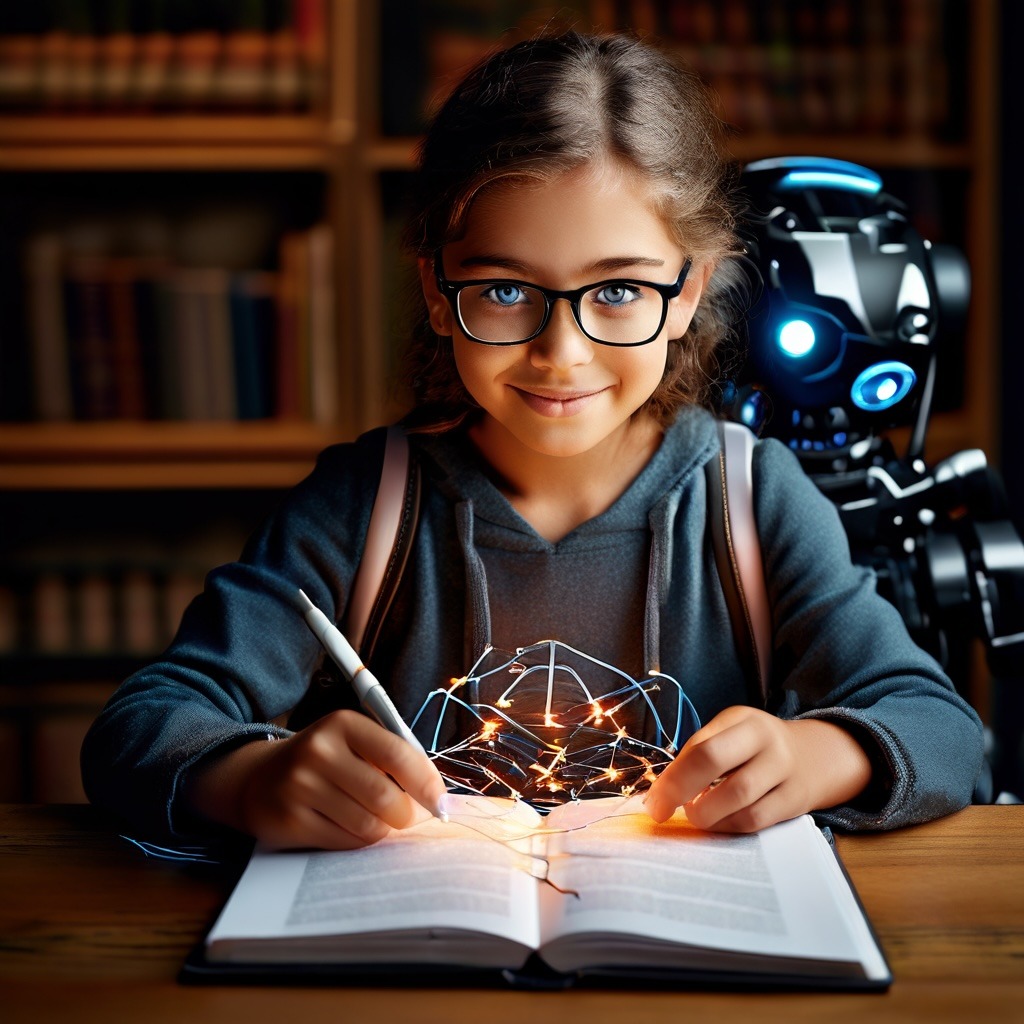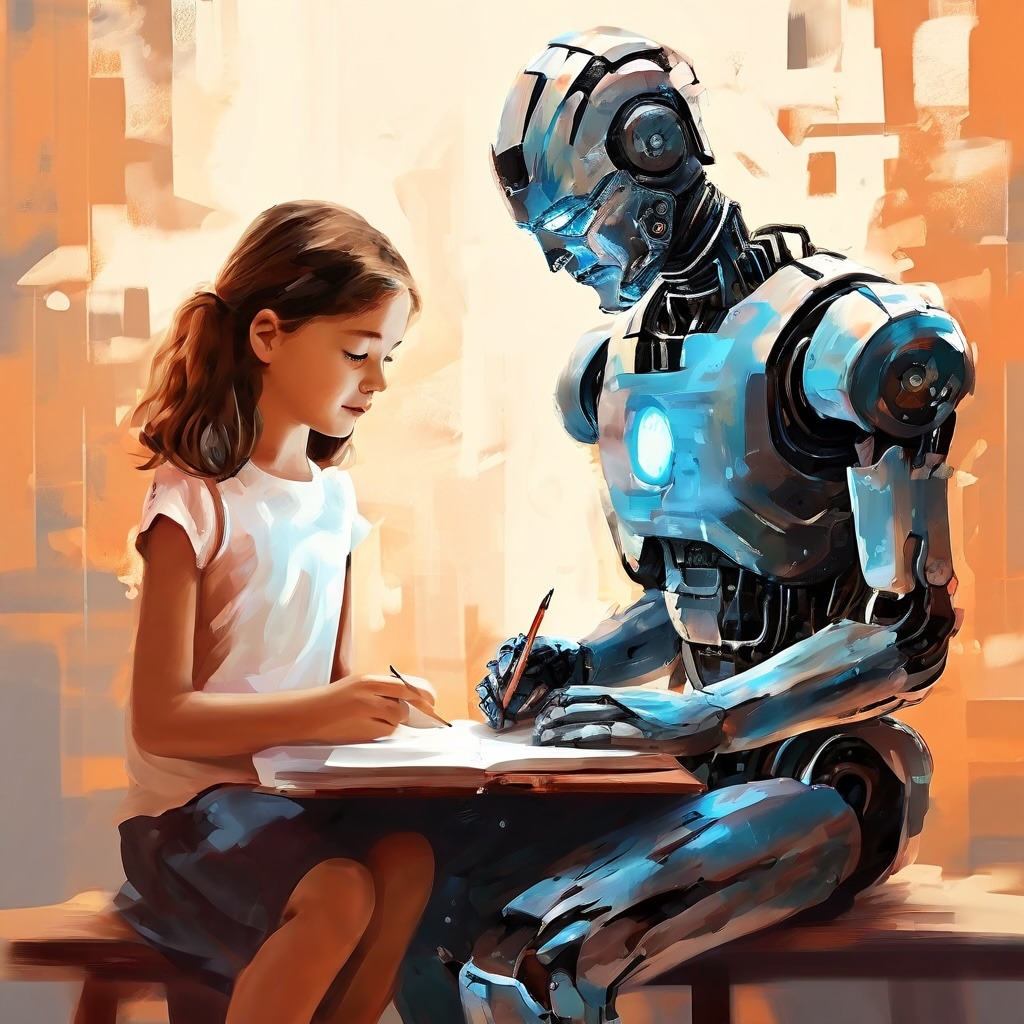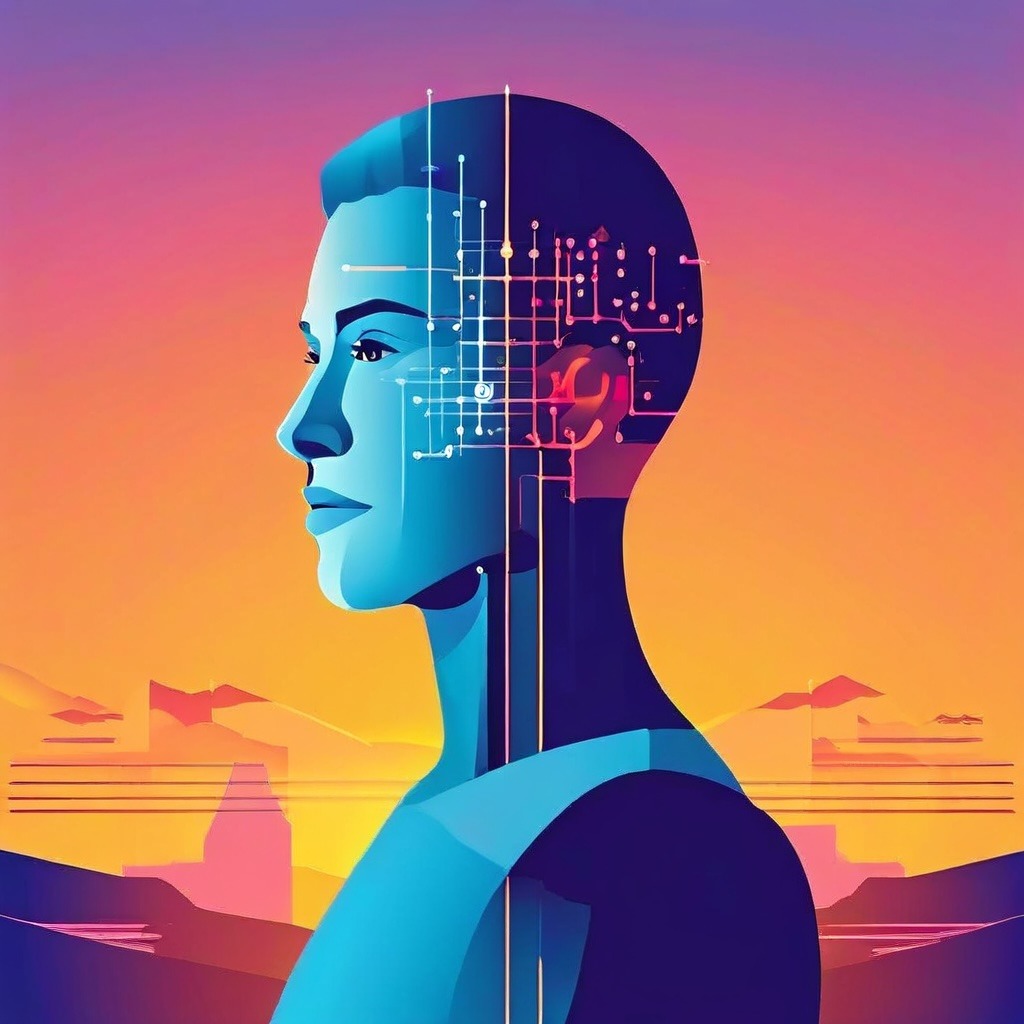Introduction
The world is changing faster than ever. New technologies emerge at dizzying speeds, markets move with volatility, and the problems we face become increasingly complex. In this environment of change, our ability to creatively solve problems is more vital than ever before. Problem-solving skills are not just essential for career paths in STEM (Science, Technology, Engineering, and Mathematics), but they’re critical across all professions and throughout life itself.
Unfortunately, traditional education often doesn’t sufficiently prioritize the development of these skills. The focus tends to be on memorization and the recall of information. This leaves many students unprepared to meet the challenges of a dynamic and evolving world.
Let’s delve into what problem-solving education is, why it’s so important, and practical approaches to implementing it.
What is Problem-Solving Education?
Problem-solving education involves the teaching and learning of strategies, techniques, and mental models that empower individuals to:
- Identify and Define Problems: Clearly understanding the problem at hand is the first step toward finding a solution.
- Gather Information: Effective problem-solving often requires researching and collecting relevant data.
- Develop and Evaluate Solutions: Generating multiple potential solutions and assessing their merits.
- Implement Solutions: Taking decisive action and putting solutions into practice.
- Reflect and Learn: Analyzing the outcomes of our efforts, drawing insights to refine future problem-solving.
It’s crucial to note that problem-solving isn’t solely about finding the “right” answer. It’s a process emphasizing critical thinking, adaptability, and a willingness to take calculated risks.
Why Problem-Solving Education Matters
The benefits of problem-solving education extend across all aspects of life:
- Academic Success: Students equipped with problem-solving skills are better prepared to navigate complex subjects and assignments in school.
- Career Readiness: From identifying business opportunities to troubleshooting technical issues, employers across industries value employees who approach challenges with a structured problem-solving mindset.
- Critical Thinking: Problem-solving fosters analytical and logical reasoning skills, allowing individuals to make informed decisions and dissect complicated information.
- Adaptability: In a world of constant change, problem-solving enables individuals to navigate uncharted territory, adapt to new situations, and seize opportunities.
- Innovation: The ability to solve problems fuels innovation. It’s the spark that drives progress and transformative solutions.
- Personal Empowerment: Problem-solving contributes to a sense of confidence and agency, helping individuals to overcome obstacles and achieve their goals.
How to Implement Problem-Solving in Education
So, how can we turn classrooms into hubs for problem-solving excellence? Here are a few effective strategies:
- Problem-Based Learning (PBL)
Instead of traditional lectures focused on delivering content, PBL presents students with open-ended, real-world problems. Students work collaboratively to investigate, research, and propose solutions. Teachers become facilitators, guiding the learning process rather than simply dispensing knowledge.
- Case Studies
Case studies expose students to real-life examples of problems and successful solutions across various fields. Case studies can be analyzed to understand the thinking processes behind decision-making and how problems were resolved.
- Design Thinking
A human-centered approach to problem-solving, design thinking emphasizes empathizing with users, defining needs, brainstorming ideas, prototyping solutions, and seeking feedback. This iterative process promotes creativity and out-of-the-box thinking.
- Simulations and Games
Simulations offer immersive experiences and allow students to experiment in safe environments. Educational games can introduce problem-solving concepts in a fun and engaging format.
- Explicit Instruction
Don’t assume students naturally know how to solve problems. Teach them problem-solving techniques explicitly. This could involve frameworks like: * Understanding the problem * Generating potential solutions * Evaluating solutions * Selecting and implementing a solution * Reflecting on the process and outcome.
Problem-solving education in the era of Artificial Intelligence
AI’s Limitations
While remarkably sophisticated, AI systems have limitations. They may lack a nuanced understanding of context, struggle with creative problem-solving involving unusual circumstances, and be prone to biases ingrained in their training data. Problem-solving education helps students recognize AI’s strengths and weaknesses, enabling them to collaborate with AI effectively rather than solely relying on it.
Critical Evaluation of AI outputs
AI can generate solutions and proposals. However, evaluating the quality and appropriateness of such solutions is a task requiring human problem-solving skills. Students must be equipped to analyze AI-generated content critically, identify potential flaws or biases, and refine solutions where needed.
Addressing Ethical Dilemmas
The growing implementation of AI raises complex ethical questions around privacy, equity, and potential societal impacts. Problem-solving education empowers students to grapple with these dilemmas, consider different perspectives, and play a role in shaping the ethical use of AI.
Problem Identification in Unstructured Data
AI often excels at finding patterns in large, structured datasets. However, identifying problems worth solving within that data, and in the broader less-structured world, remains a human-centric task. Problem-solving skills are critical for asking the right questions and framing challenges so that AI’s capabilities can be harnessed effectively.
Adapting to Evolving Technologies
AI is not static; it’s constantly evolving. Problem-solving education fosters the adaptive mindset essential for keeping up with technological advancements. With AI transforming many industries, individuals need the problem-solving abilities to identify new opportunities or address unforeseen challenges within this changing landscape. Here’s why problem-solving skills are critical for staying ahead of the curve in a world of rapidly changing technology, specifically AI:
Understanding the Fundamentals
AI isn’t magic. Problem-solving education can demystify the underlying concepts of AI, such as machine learning algorithms, neural networks, and data analysis. A baseline understanding empowers individuals to assess new AI tools, judge their capabilities and limitations, and apply them appropriately.
Lifelong Learning
The pace of technological change, especially in the AI realm, is unlikely to slow. Problem-solving skills foster self-directed learning habits. Students become comfortable tackling unfamiliar technologies, exploring new resources, and acquiring knowledge to navigate a perpetually evolving landscape.
Transferrable Skills
The problem-solving steps of defining the problem, analyzing options, and implementing solutions can be applied across different technological contexts. Even if specific AI tools change, the problem-solving foundation will make adapting to new tools easier.
Identifying New Opportunities
AI will both transform existing industries and give rise to entirely new ones. Problem-solvers, with their ability to analyze trends, identify gaps, and creatively envision solutions, are best positioned to capitalize on these emerging opportunities.
Addressing Unforeseen Challenges
As AI becomes more pervasive, unforeseen issues may arise. Problem-solving skills provide the mental frameworks for analyzing complex problems, adapting strategies, and devising mitigations to minimize negative impacts and maximize positive ones.
Examples
- Student adapting to AI writing tools: A student capable of critical thinking and problem-solving can effectively leverage AI writing tools to generate ideas or initial drafts, while recognizing the need to refine, edit, and ensure that their unique voice and analysis shine through.
- Entrepreneur embracing AI for market analysis: An entrepreneur with problem-solving skills can harness AI tools to analyze market trends in ways previously too complex or time-consuming. Based on insights gained, they could identify new product niches or pivot their business strategy.
- Scientist addressing potential bias in AI models: A researcher, employing problem-solving processes, recognizes potential biases in an AI model used for data analysis. This leads to revising the model’s training data or implementing alternative techniques for mitigating bias.
- Human-AI Collaboration: The future of work is likely to revolve heavily around human-AI partnerships. Problem-solving skills are crucial for making these collaborations successful. This involves understanding AI’s capabilities, knowing when to delegate tasks to AI, and effectively integrating AI output with human insight and decision-making.
Problem-solving isn’t just about overcoming present-day challenges; it’s about fostering the adaptability to thrive in a future continuously re-shaped by rapid technological advancement. AI will continue to transform the landscape, and problem-solving education will be the key to riding that wave of change successfully.
Read an interesting article about problem-solving psychology HERE





